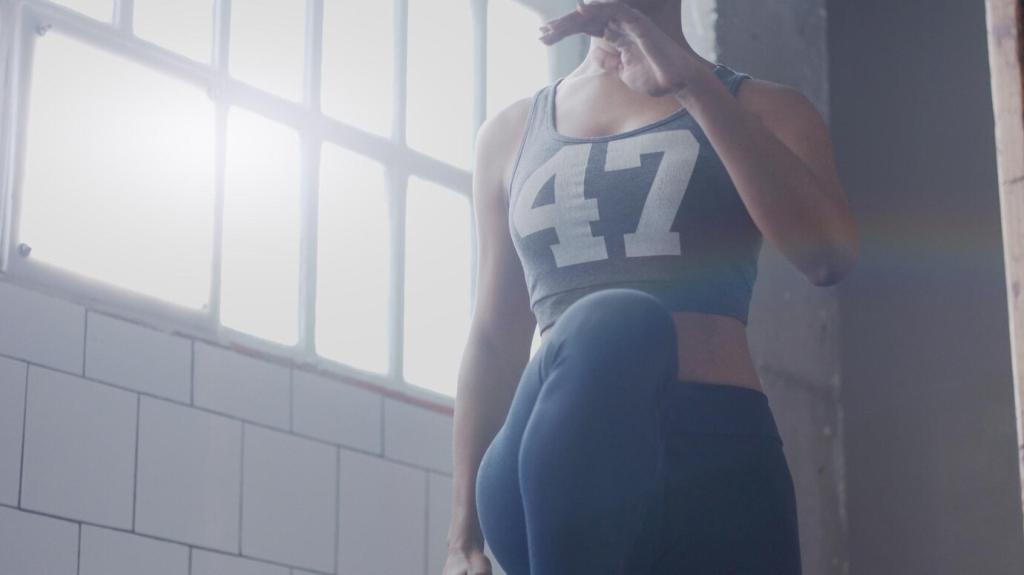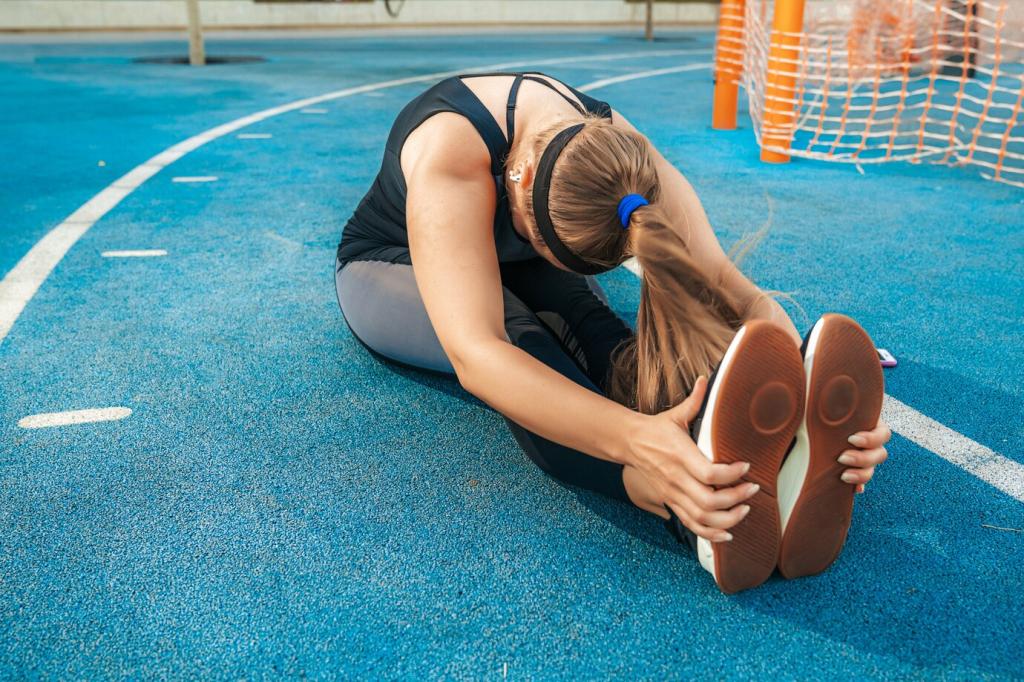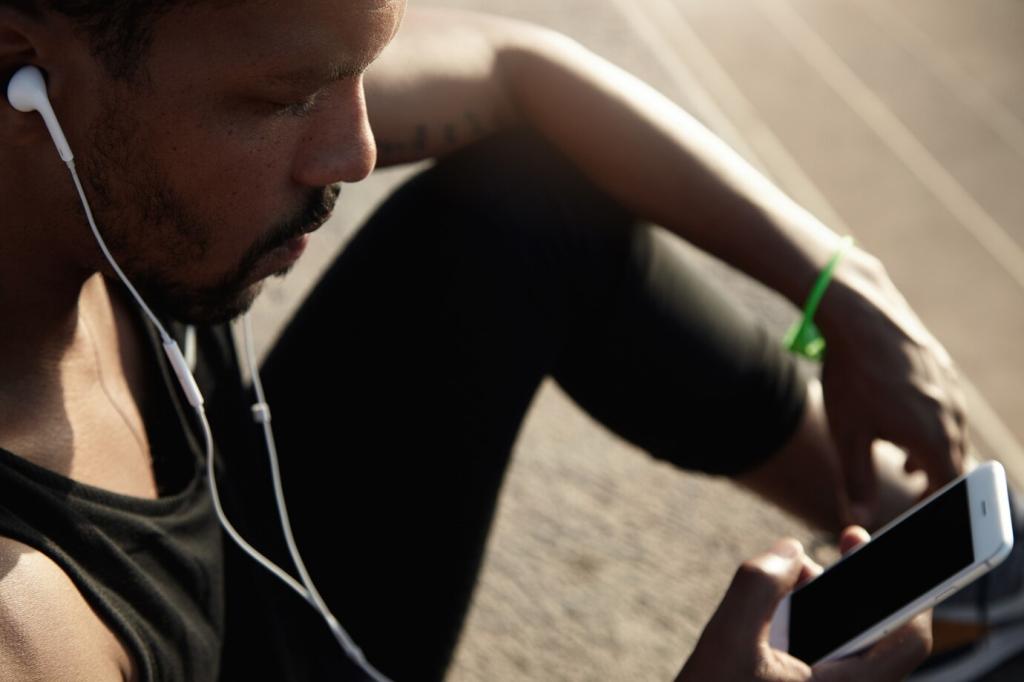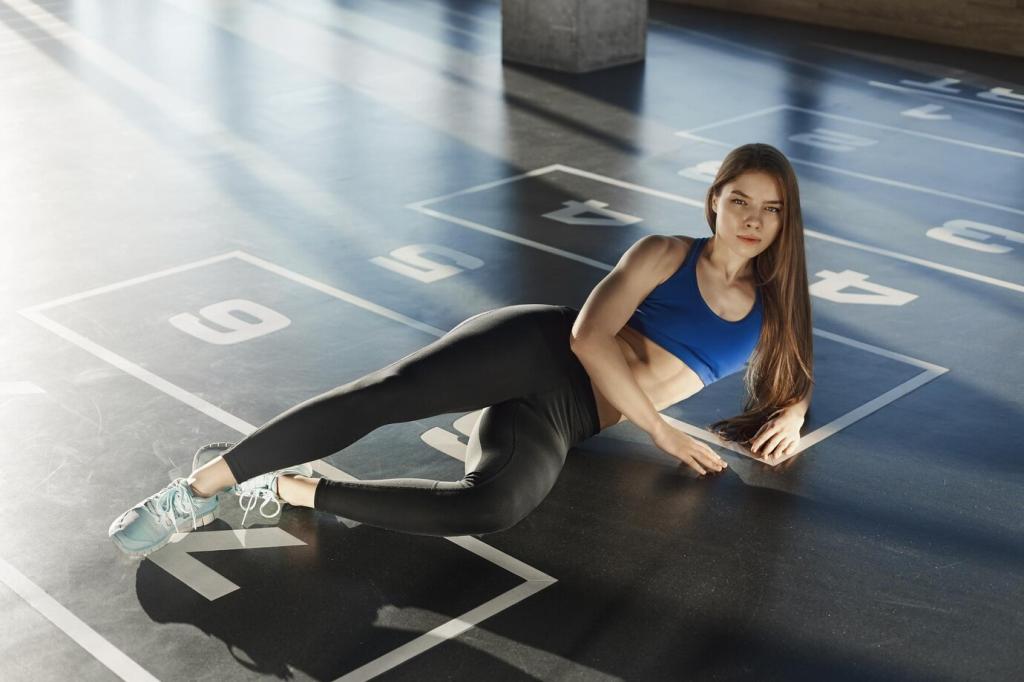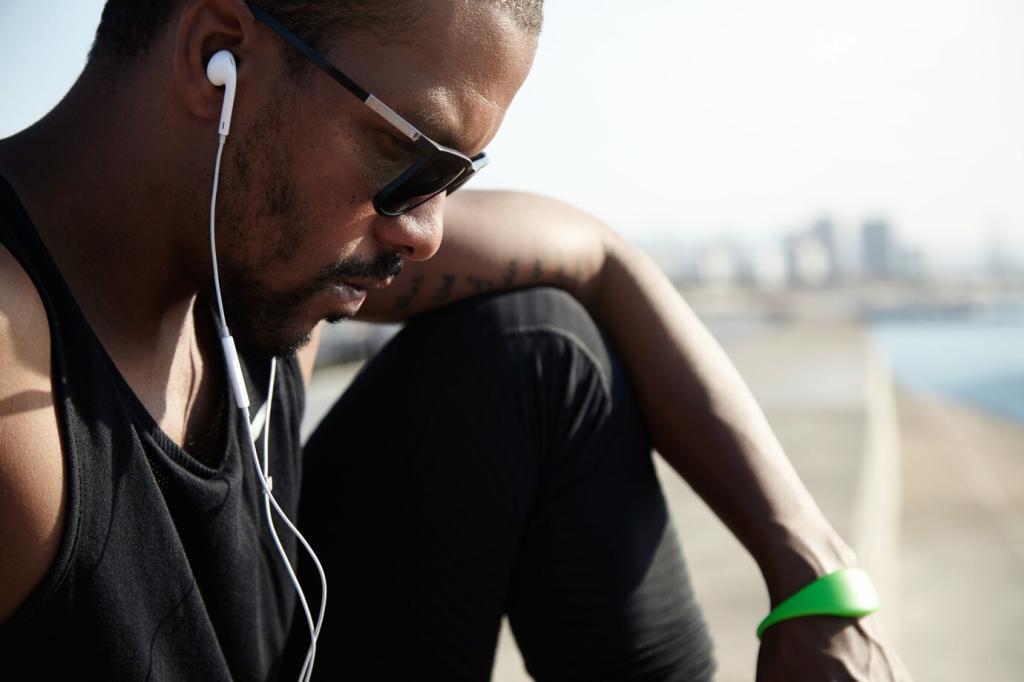Stories, Milestones, and Sustainable Motivation
After an ankle sprain, Maya wobbled even in simple stands. She logged three mindful minutes daily—Tree near a wall, steady breath, soft gaze. Six weeks later, she held Half Moon for five calm breaths and cried grateful, happy tears.
Stories, Milestones, and Sustainable Motivation
Try the single-leg stance test: eyes open, then eyes closed, timing both. Note hip levelness and breath quality, not only seconds. Repeat weekly to see trends, and comment with your progress so we can cheer the subtle wins together.


